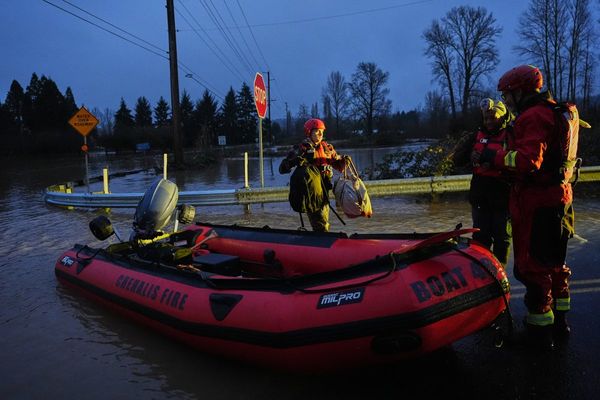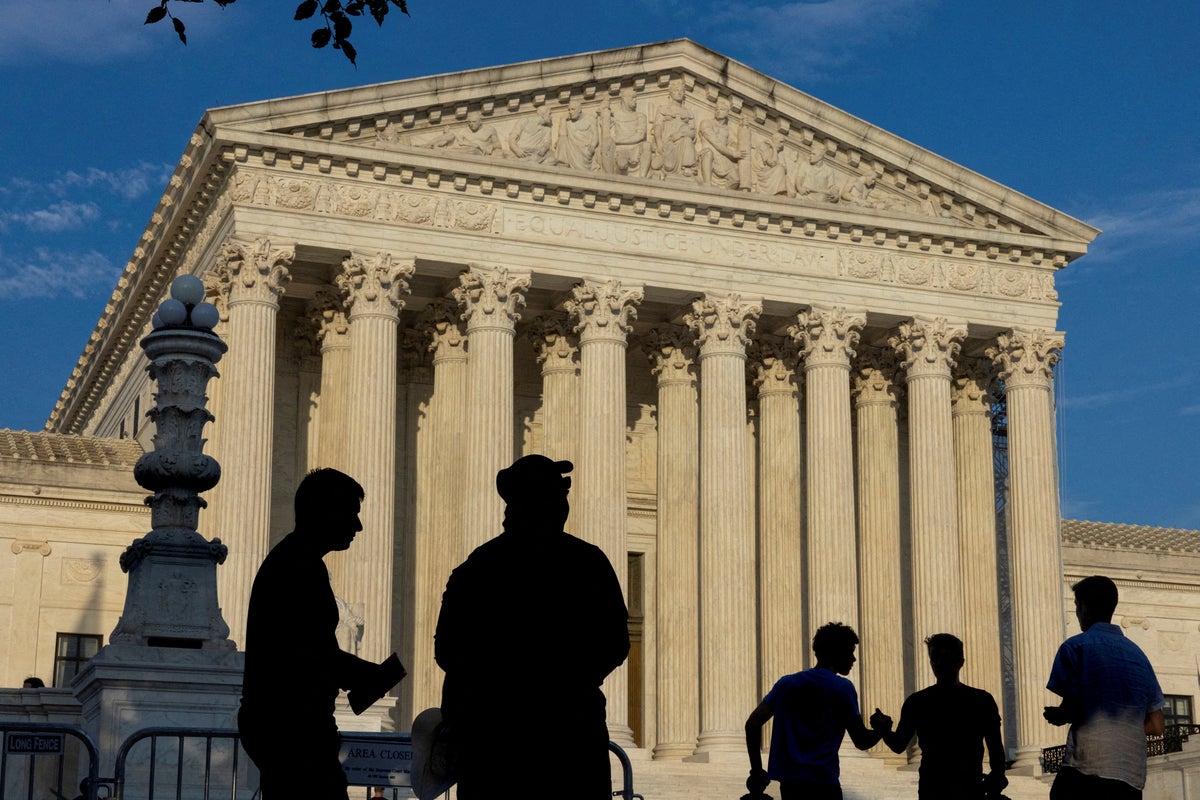
The Department of Education has been gutted of its staff, critical National Institute of Health research has been canceled, 16,000 federal workers have been fired, and $4 billion allocated by Congress is going ignored – these are just a few of the unprecedented changes President Donald Trump has made with permission directly from the Supreme Court.
Over the last few months, the Supreme Court’s justices have helped expand Trump’s presidential power over critical aspects of American life, without offering any explanation for their actions through the mysterious “shadow docket.”
The shadow docket, a cryptic name for the court’s time-sensitive, emergency requests, was coined in 2015. It’s perhaps most well-known for hosting 11th-hour requests from death row inmates hoping to stop executions.
But Trump has specifically turned the docket into something else – a place where a president can quickly request intervention without lengthy legal review and justices can issue consequential decisions in three sentences without providing context.
The rulings are often temporary, but the consequences are permanent.
In some cases, they have allowed Trump to fire workers, leaving some scrambling to make payments. In others, undocumented immigrants have been thrown into emotional turmoil while separated from their children.
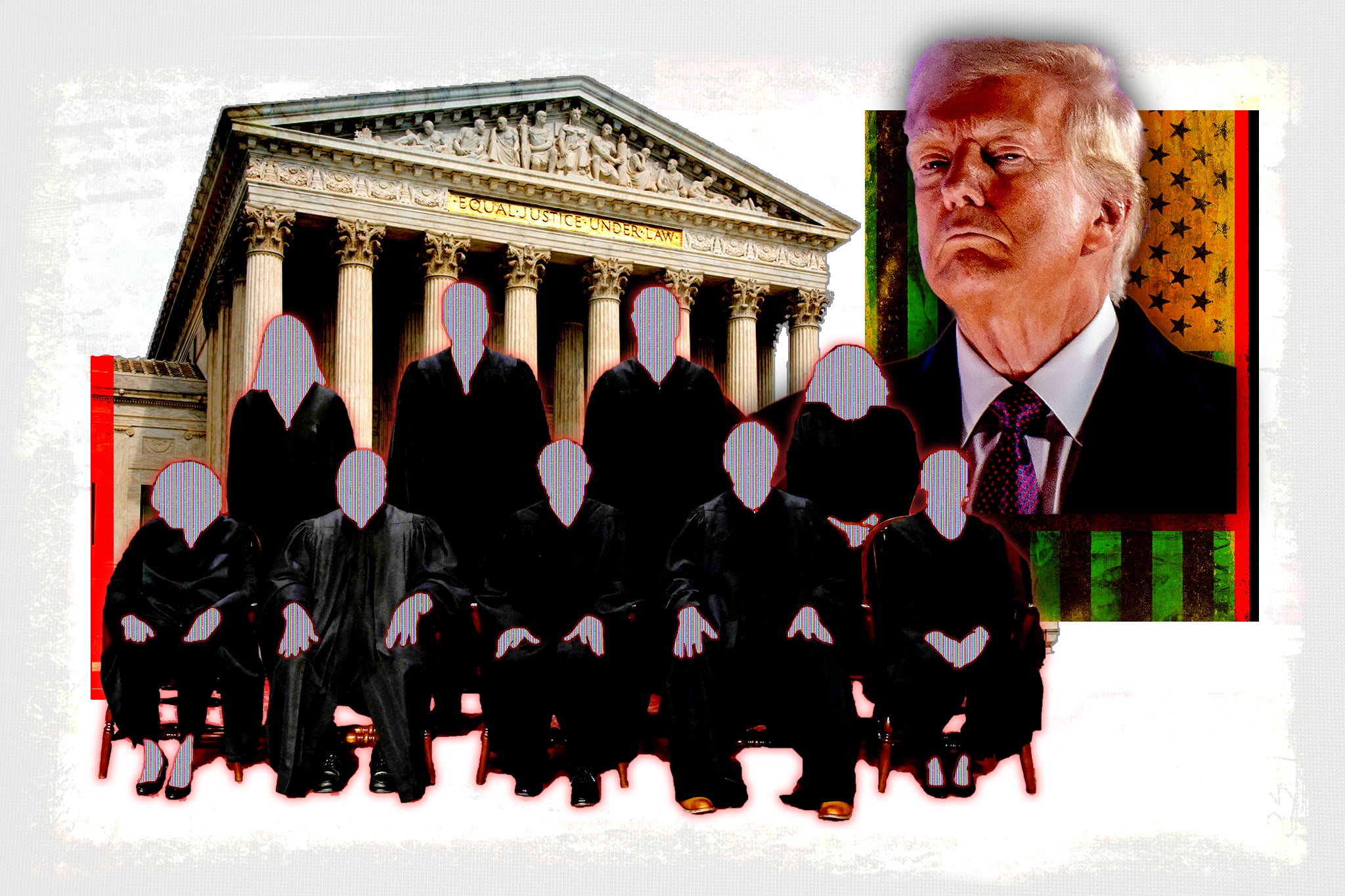
Over the 16 years between the Bush and Obama administrations, the government submitted eight emergency requests. President Joe Biden requested 19 emergency applications.
During Trump’s first administration, the government submitted 41 emergency applications. Nine months into Trump’s second administration, there have been 28 requests – 20 of which the Supreme Court has agreed to.
As a new Supreme Court term gets underway this week, the impacts have been tangible. Via the shadow docket, Trump has been permitted to continue his quest to end birthright citizenship, fire those in charge of independent agencies, end protections for migrants seeking asylum, roll back transgender rights, and more.
Glaringly, the Supreme Court has allowed the administration to cut $800 million in funding to NIH, a key aspect of the government whose research has led to the creation of mRNA vaccines such as Covid-19 vaccines, breakthroughs in cancer research, a deeper understanding of Alzheimer’s disease, and more.
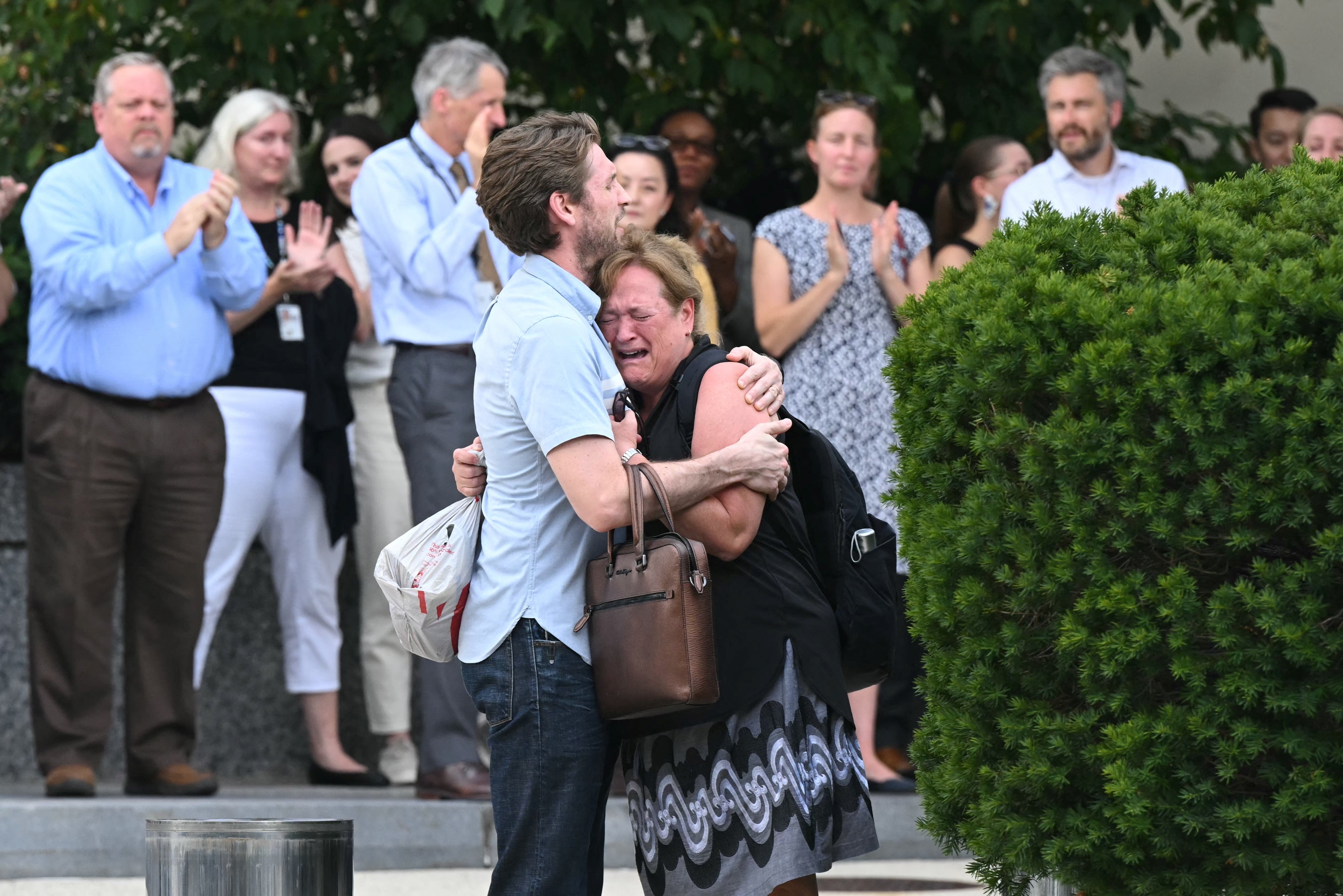
Traditionally, the Supreme Court case process is tedious and drawn out, taking months for the court to hear a case on what is known as “merits.” Decisions in those cases tend to be dozens of pages and contain thorough explanations with references to precedent, past cases, the law, and implications.
Dennis Fan, a clinical law professor at Columbia University, compared an emergency request to that of a person fighting to save their home from being bulldozed. Rather than go through the long process on merits, when their home is at risk, they can request an emergency injunction that will stop their house from being leveled while litigation continues.
“The original purpose of the shadow docket, in its most generous form, is to deal with those sorts of emergencies,” Fan told The Independent.
But the Supreme Court has set a precedent and allowed cases that do not appear to be emergencies.
Fan, a former appellate attorney for the Justice Department’s Civil Division, points to Trump’s firing of the heads of independent agencies, such as the Federal Trade Commission and the National Labor Relations Board, as an example.
“Individual firings of agency heads… at that point you kinda think, ‘Well, I don’t know. If this is just one individual that the president can’t fire for the next couple of months, how big a deal is that?’ Is that worth emergency intervention?” he said.
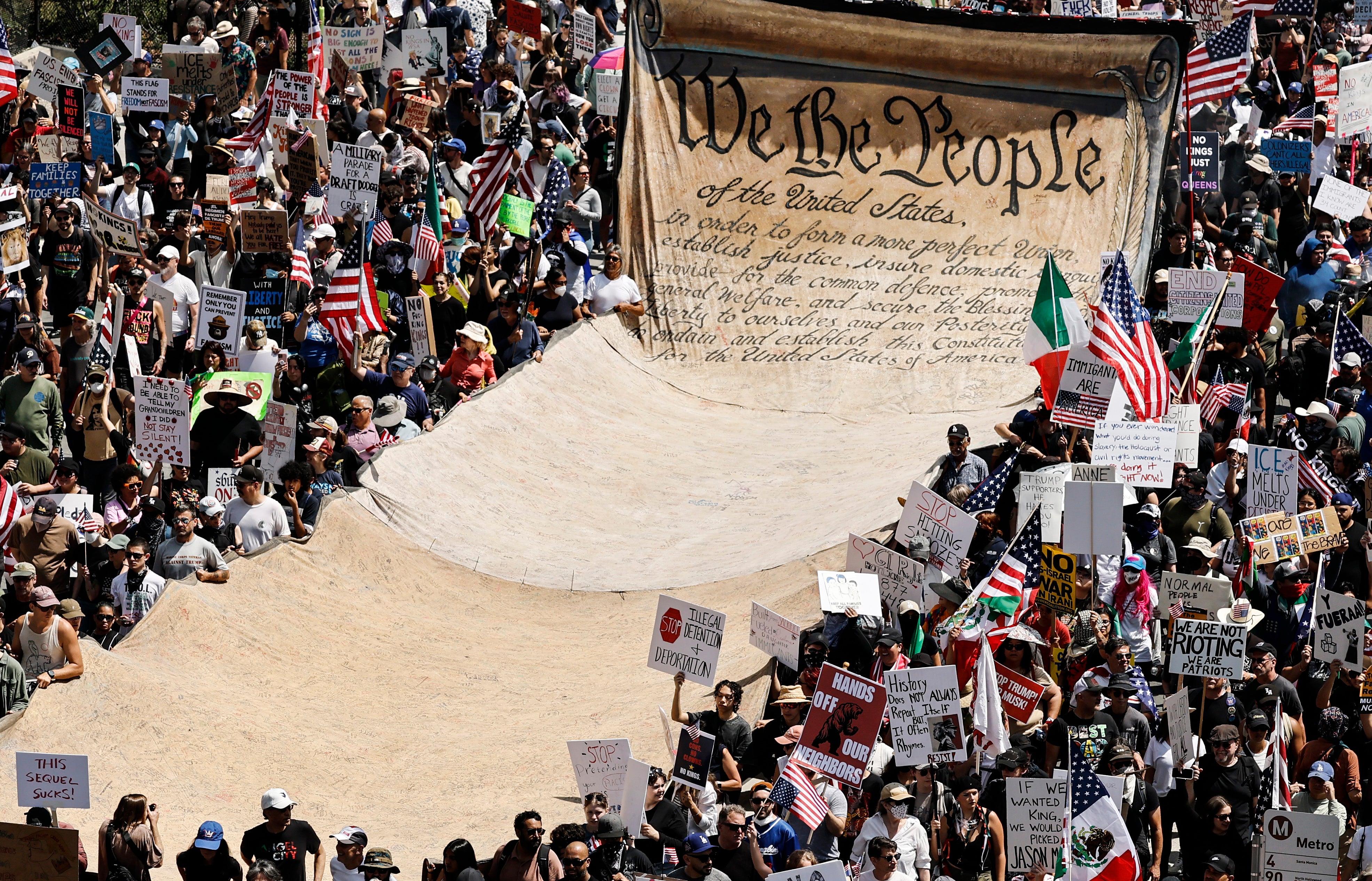
In June, the Department of Homeland Security asked the Supreme Court for help deporting undocumented immigrants, specifically a group of eight men to South Sudan, a war-torn country plagued by violence and a deepening humanitarian crisis that seven of the migrants had never been to.
The department wanted to remove the men in that case, as well as other migrants, to a “third country.” But a lower court judge prevented them without giving the immigrants proper notice about where they were being deported to and a chance to dispute it by showing they face the risk of violence.
Twenty-six days later, in an unsigned order that offered zero explanation, the justices lifted the lower court ruling, allowing Trump to deport the men and other migrants to third countries.

“Where did the Government find the authority to disregard Congress’s carefully calibrated scheme of immigration laws?” Justice Sonia Sotomayor wrote in her 19-page dissent. “...this Court should not decide without briefing, argument, or time for reflection.”
The court has had no hesitation in taking up dozens of Trump’s requests for intervention from the shadow docket – mainly thanks to the conservative majority, three of whom, Justices Neil Gorsuch, Brett Kavanaugh, and Amy Coney Barrett, were appointed by Trump himself.
“People have the feeling, and probably a relatively accurate feeling, that the current Supreme Court is more amenable to emergency requests by one administration – mainly a Republican administration than a Democratic administration,” Fan says.
The court’s recent string of granted requests has proved unpopular. Already, Americans have developed a deep mistrust of the Supreme Court, with 52 percent of people disapproving of the justices and 43 percent saying it’s too conservative.
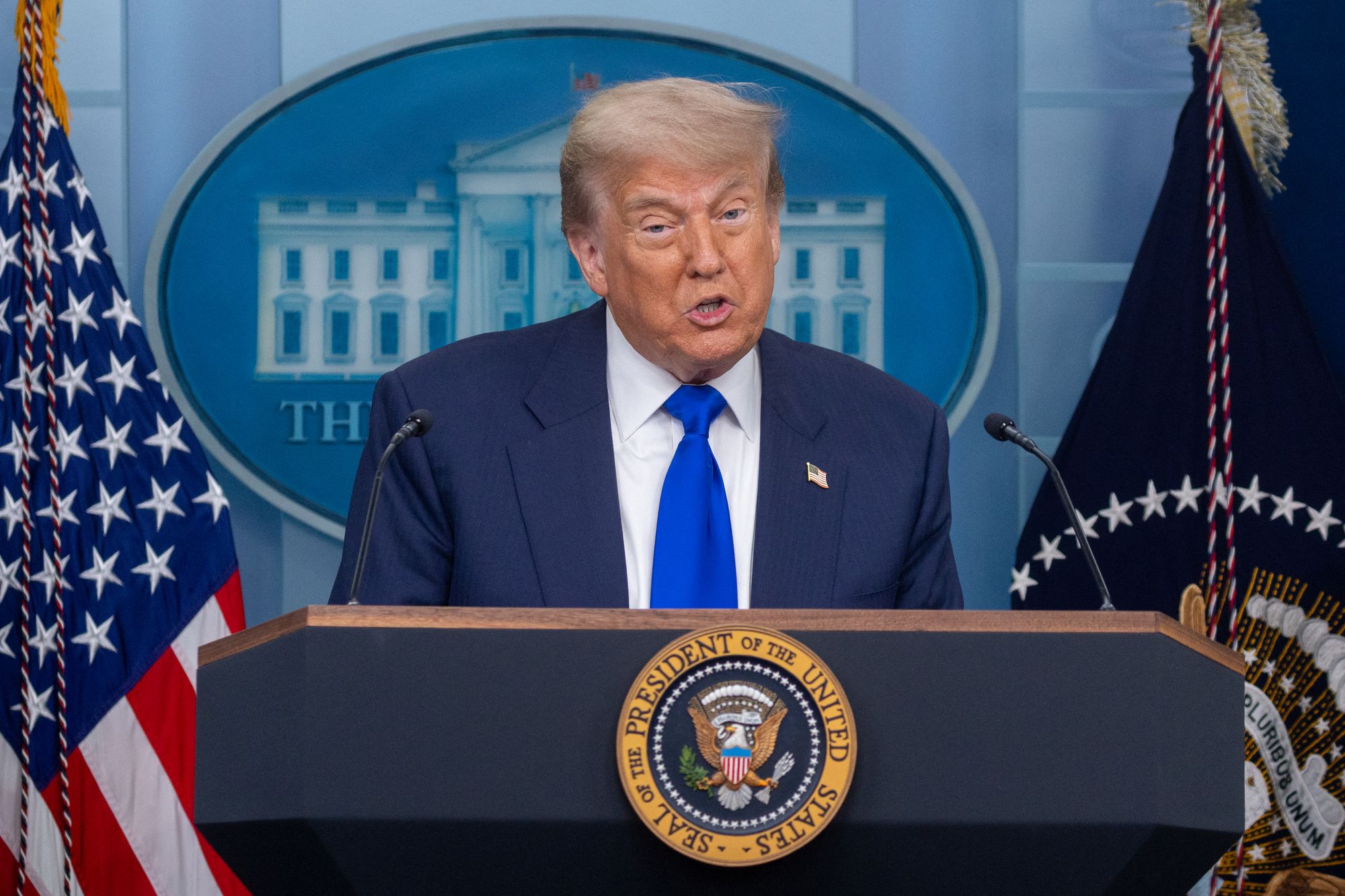
The court’s recent decisions have also created chaos in lower courts.
With justices refusing to provide a thorough legal explanation, experts say it has been difficult for judges to apply the emergency application rulings.
“Judges in the trenches need, and deserve, well-reasoned, bright-line guidance,” an unnamed federal judge told NBC News in September. “Too often today, sweeping rulings arrive with breathtaking speed but minimal explanation, stripped of the rigor that full briefing and argument provide.”
Ten days after the brief emergency ruling in the “third country” case, the Supreme Court was forced to issue a separate opinion explaining its decision to clear up confusion in the lower court.
A lower court judge continued to block DHS’s request to deport the eight men to South Sudan, believing the Supreme Court’s emergency ruling did apply since the original plaintiffs in the case were four undocumented immigrants living in Massachusetts.
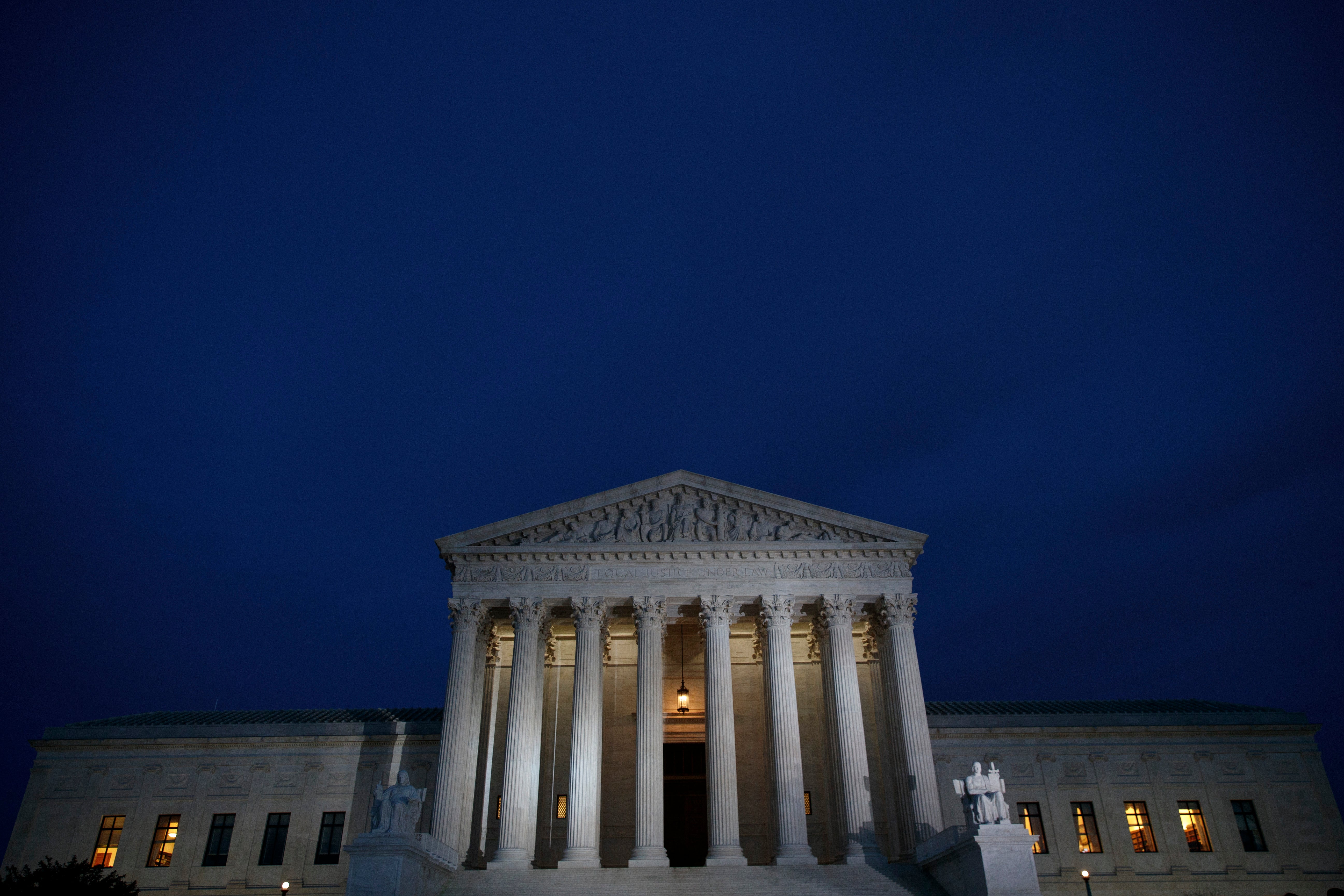
“To give the Supreme Court some credit about this, I think they’re trying to figure out what to do about it,” Fan says of the shadow docket.
“I think a lot of justices realize there’s some issue with doing things in this manner because you kind of rush out decisions with half-thought-out thoughts about a case.”





